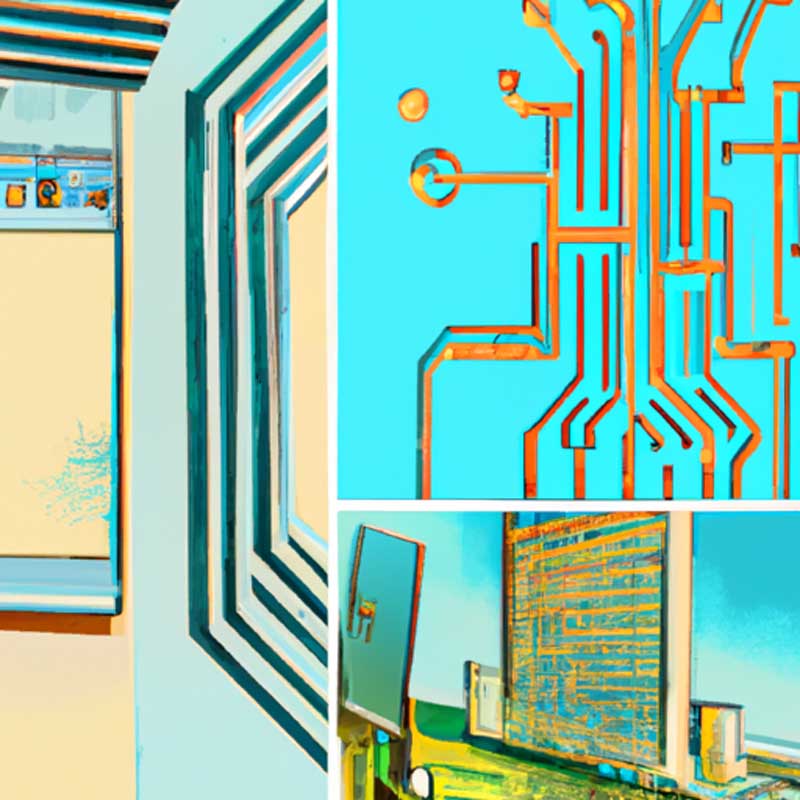2023 was an exciting year for innovation in the robotics and automation industry, particularly with the emergence of artificial intelligence (AI) technologies. Looking ahead to 2024, here are four key predictions for the future of robotics and automation:
- AI will set a new pace of development: AI is transforming software development, making it cheaper, faster, and more effective. With the introduction of AI, software developers will be able to create more customized and optimized solutions for automation tasks. The use of AI in manufacturing is already showing benefits, such as improving flexibility, quality, and reliability.
- Developments in robotics software will enable more sharing and reuse: Software developments will lead to new levels of collaboration and sharing among users of robotic systems. Instead of reinventing the wheel, businesses will be able to leverage existing software assets, components, interfaces, and algorithms across multiple applications. This will streamline innovation and reduce time-to-market.
- Companies will fuse IT and OT: The integration of IT (information technology) and OT (operational technology) will be crucial for improving operations in the manufacturing industry. Cloud-based software services will play a key role in collecting and harnessing data to enhance quality, cost efficiency, and predictability. The power of the cloud lies in connecting humans and machines, simplifying complex processes, and enabling smarter decision-making.
- Logistics will be a focus area for robotics: The logistics industry is projected to see significant growth in the adoption of robotics. With labor shortages and increasing demands due to globalization and e-commerce, logistics companies will turn to automation to provide faster and more accurate services. Robots and the use of data will revolutionize the entire logistics value chain, from incoming packages to outbound logistics.
The pace of development in robotics and automation is impressive, and these four predictions highlight the potential impact of AI, software advancements, data integration, and robotics in the coming years. Manufacturers who embrace these trends and technologies stand to gain higher quality, reduced downtime, better predictability, and cost optimization.
